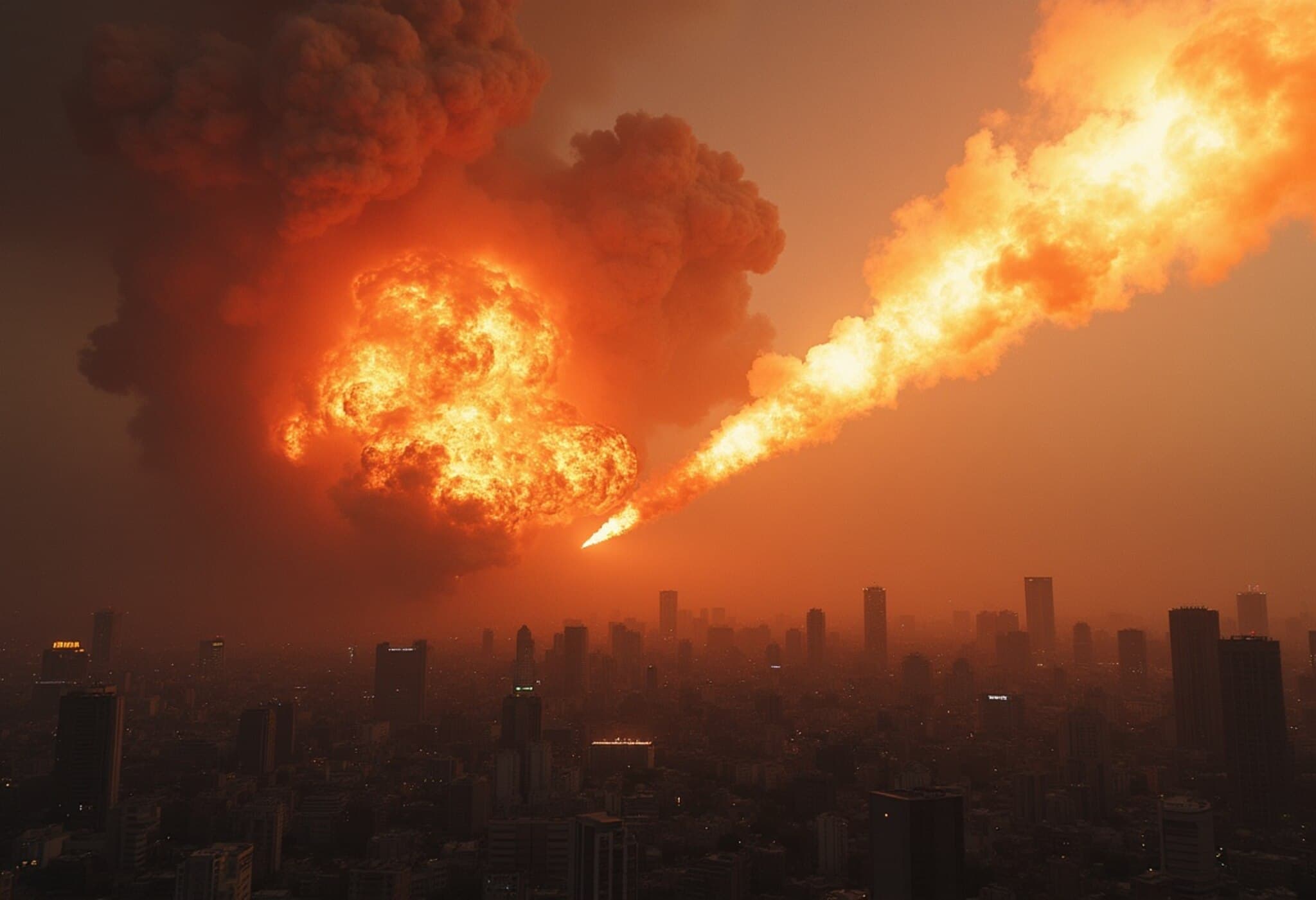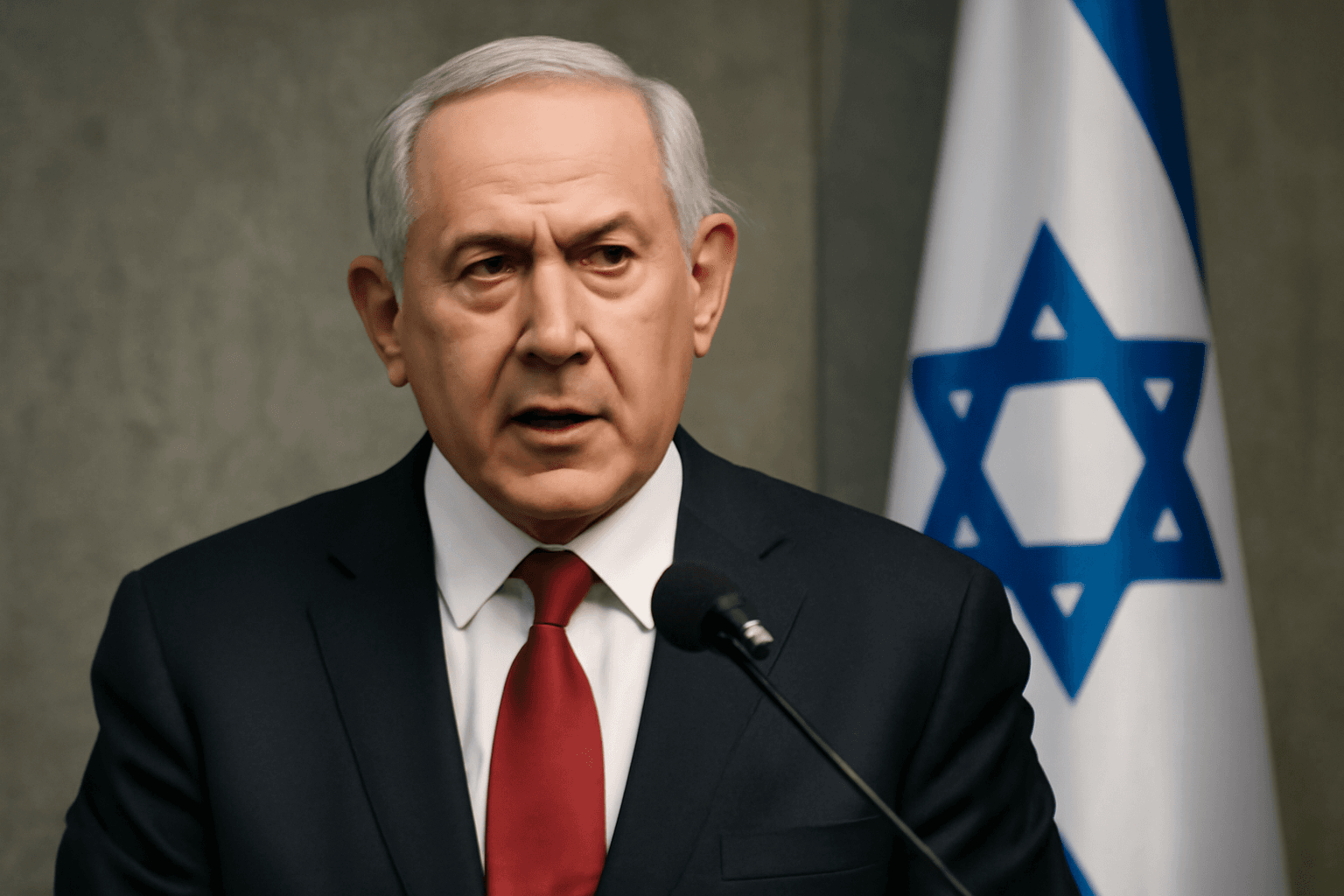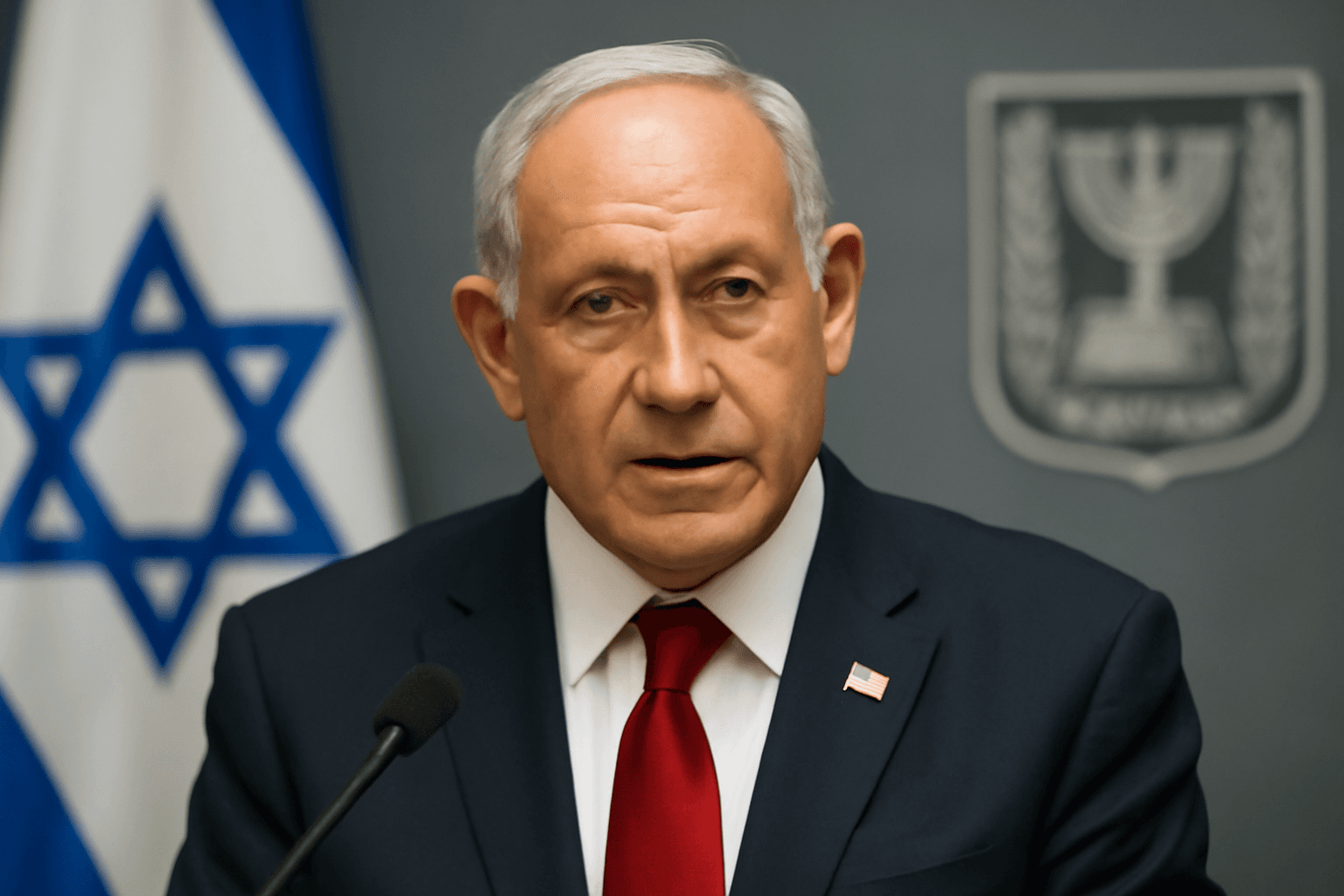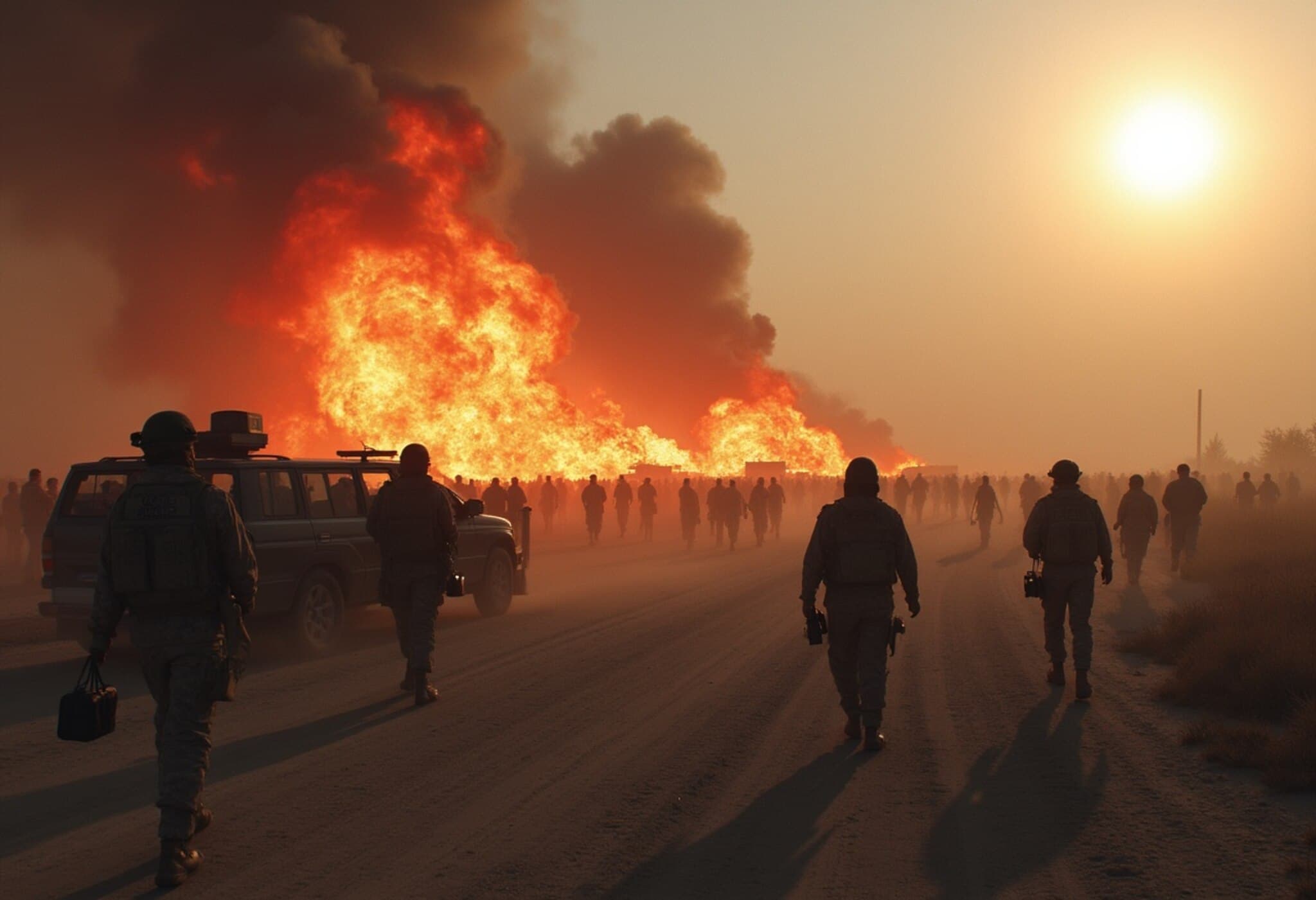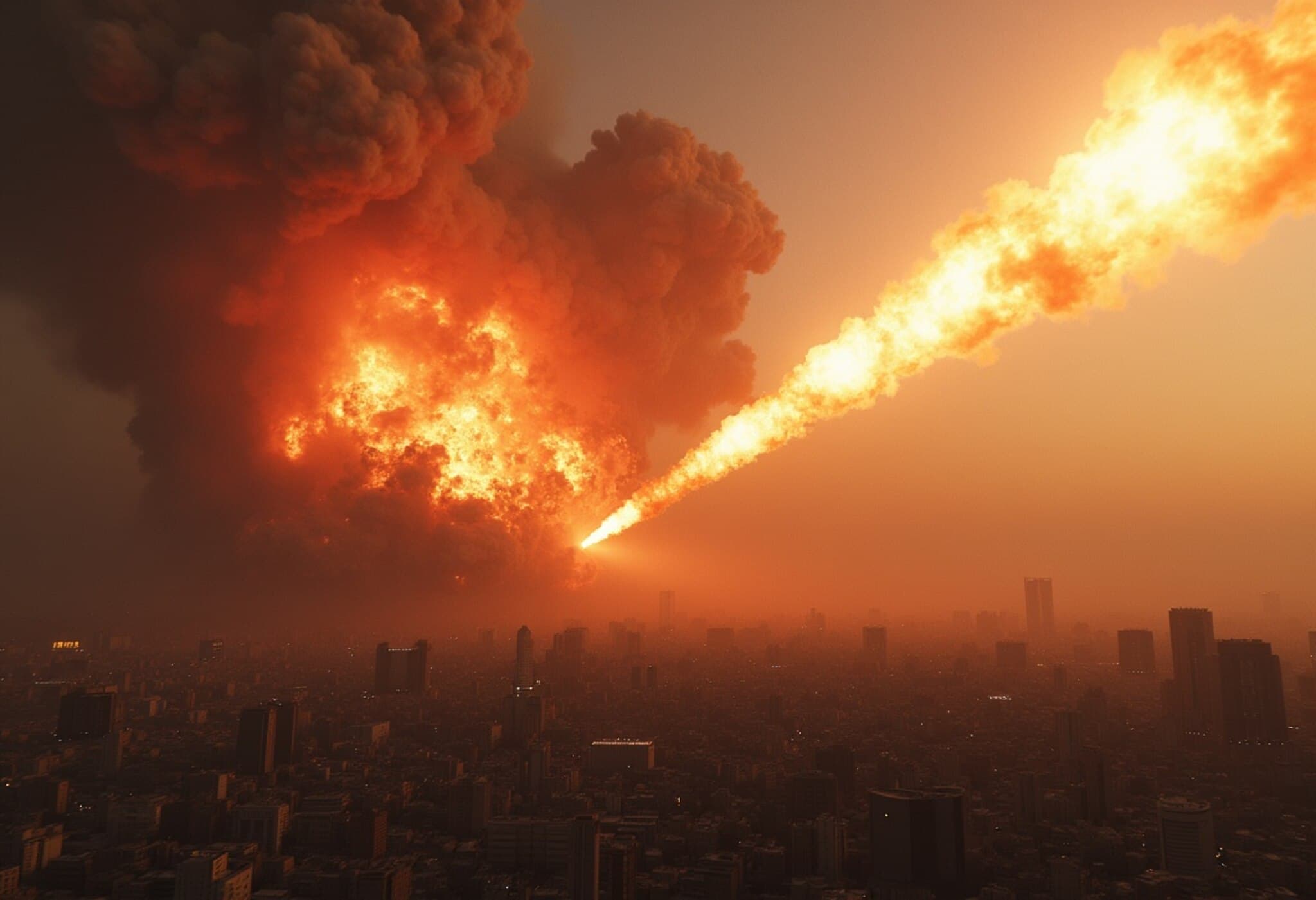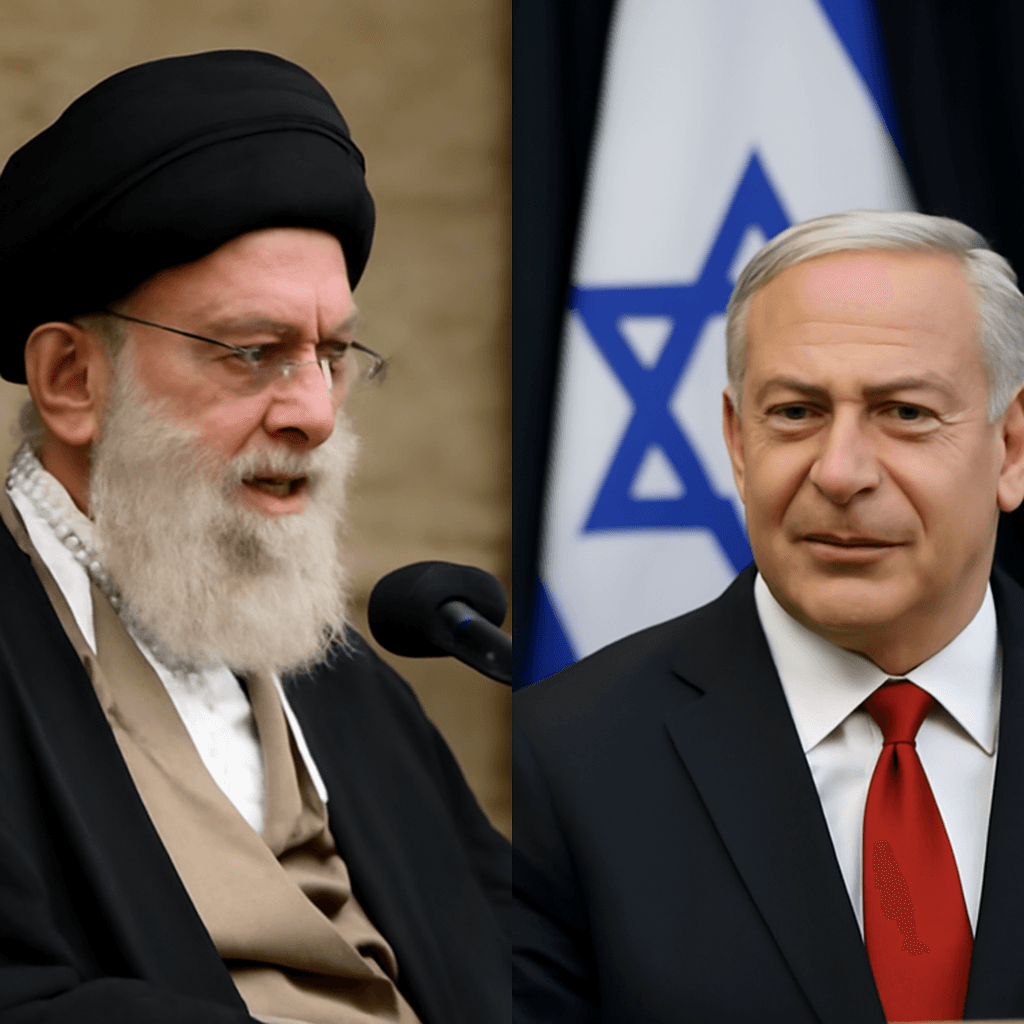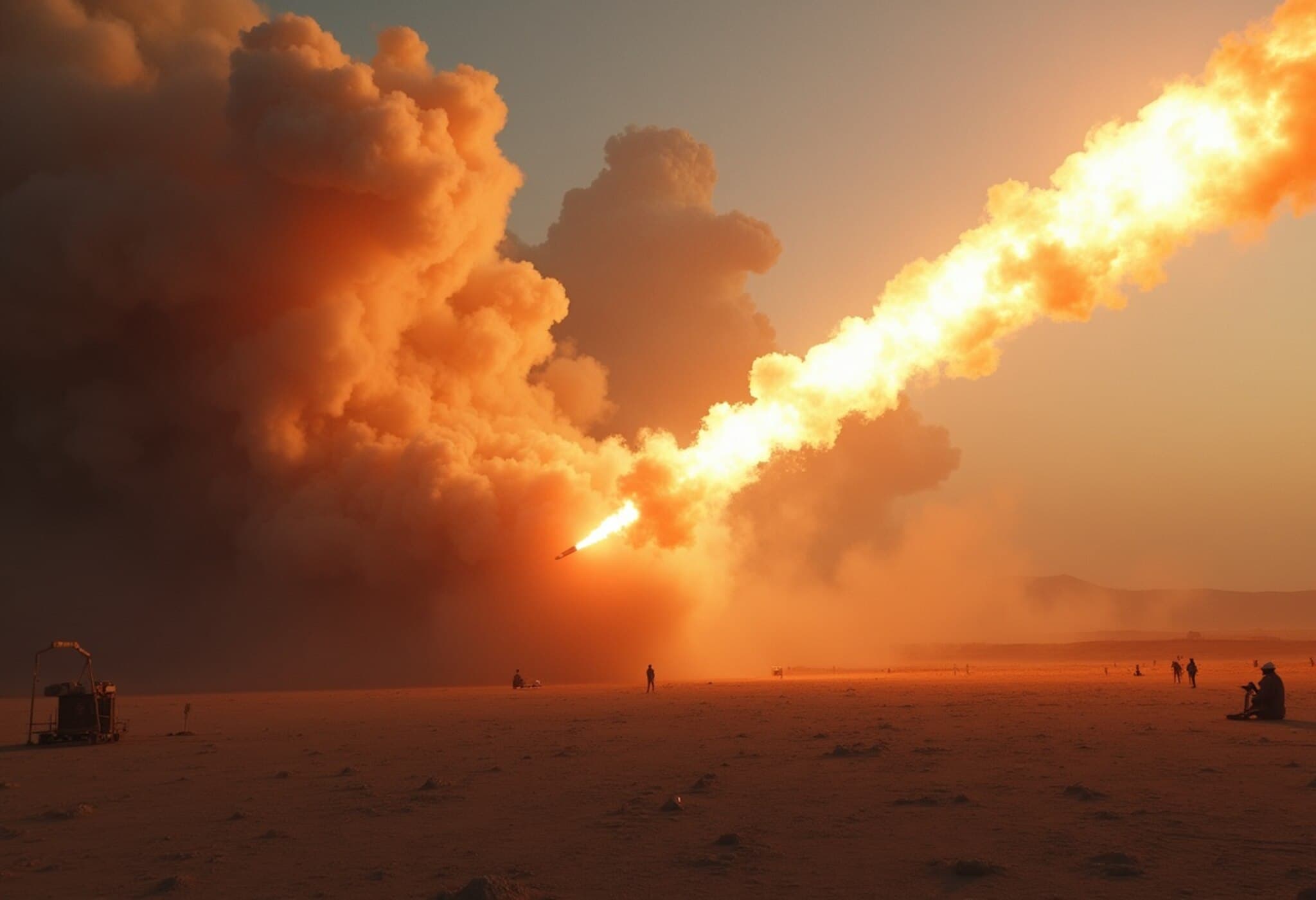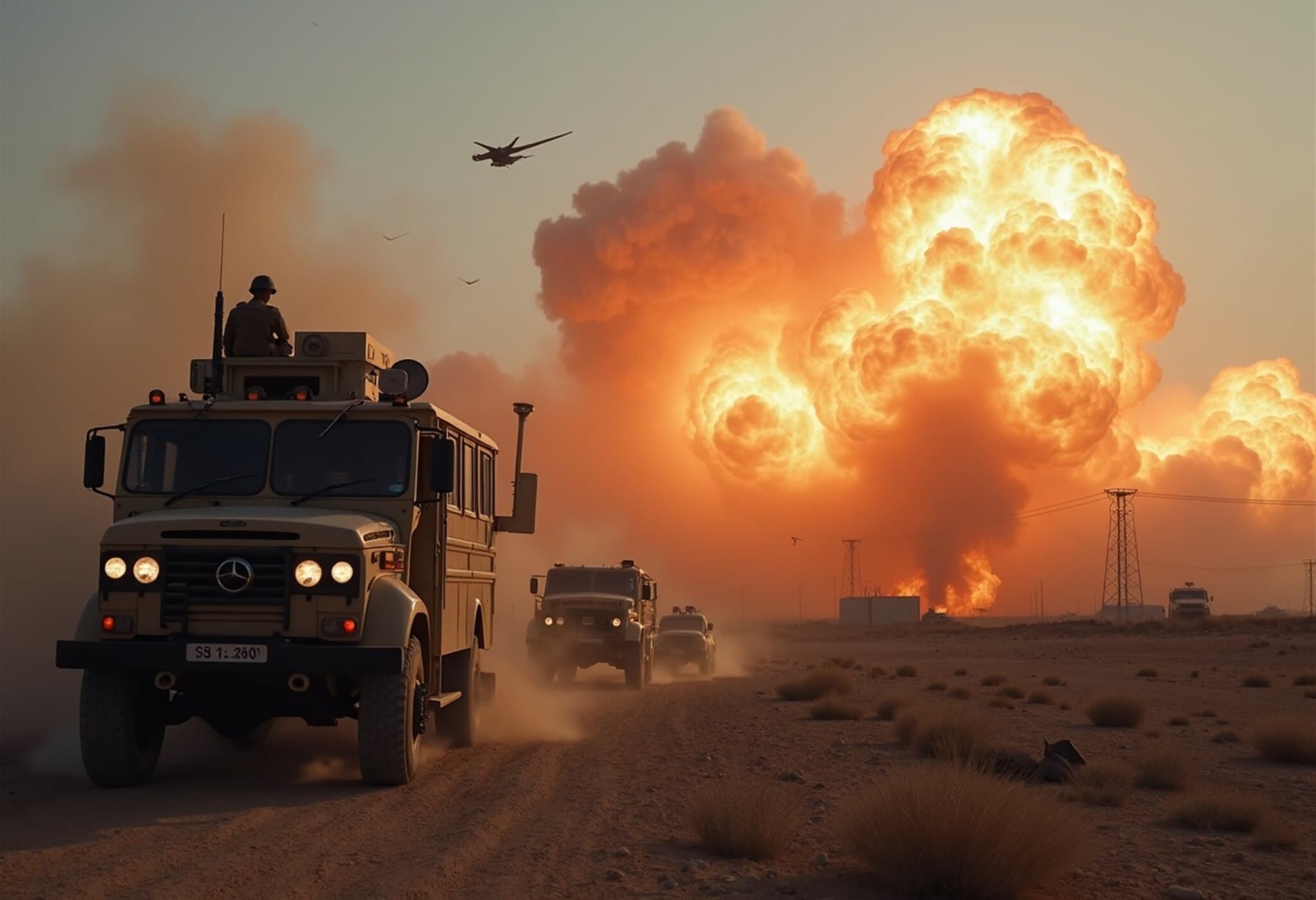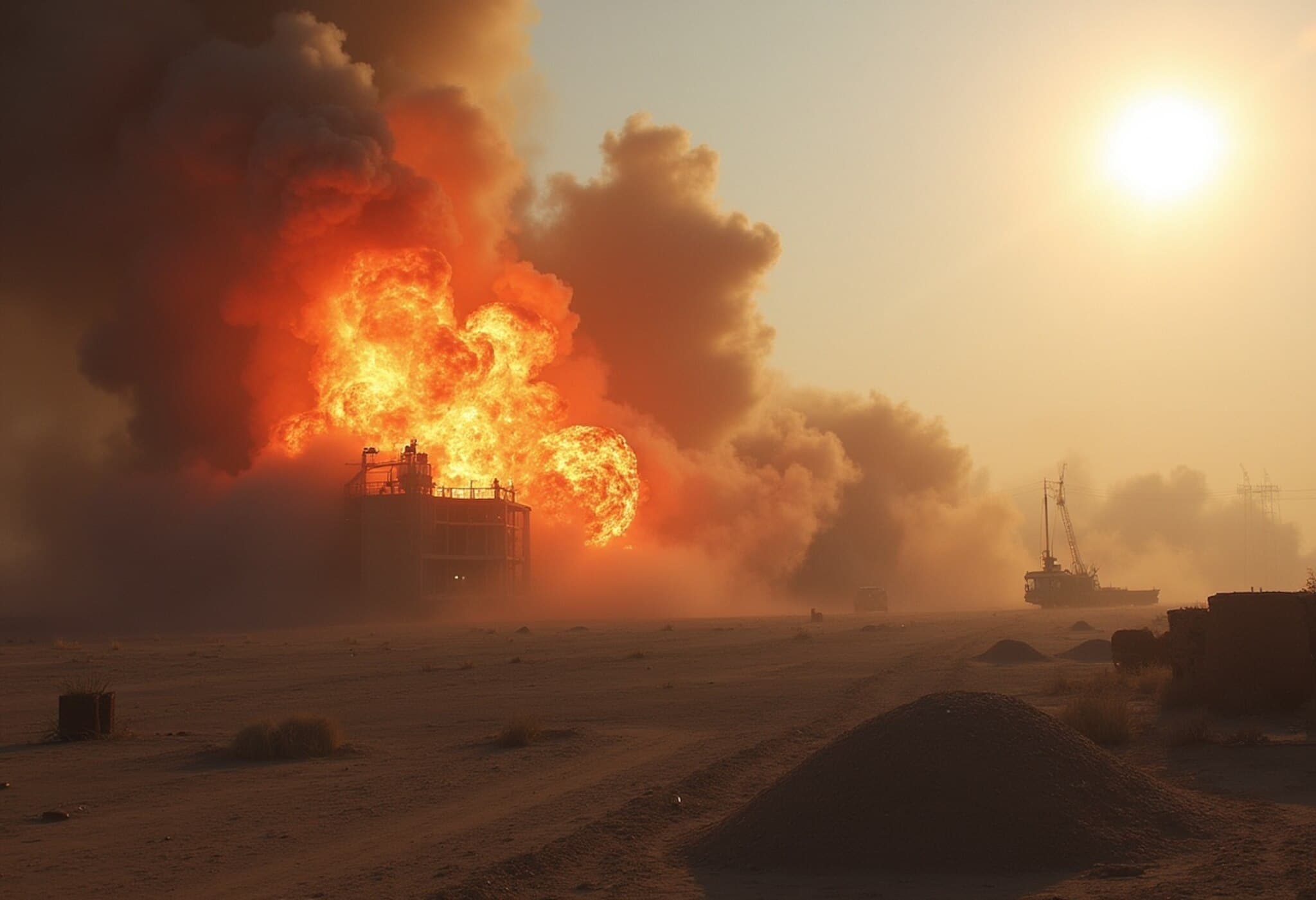Explosions Hit Tehran Amid Ceasefire Tensions
Explosions echoed through Tehran on Tuesday, triggered by Israeli airstrikes that defied a U.S. directive to stop attacks and preserve a fragile ceasefire. This occurred shortly after President Donald Trump ordered Israel to halt its bombing campaign against Iran.
Conflicting Reports on Strike Timings and Violations
Witnesses in Tehran reported hearing two loud blasts, while Israeli officials confirmed striking a radar installation near the capital. They justified the attack as retaliation for Iranian missile fire that reportedly launched three-and-a-half hours after the ceasefire was to begin. Israel's Prime Minister's office indicated no further attacks would follow, though it was unclear if the radar strike happened before or after that statement.
Trump’s Unprecedented Rebuke of an Ally
President Trump, en route to a NATO summit, publicly chastised Israel with unusually blunt language, emphasizing the need to respect the ceasefire. He declared on social media that “All planes will turn around and head home… Nobody will be hurt, the Ceasefire is in effect!” Earlier he urged: “Israel. Do not drop those bombs… Bring your pilots home, now!”
Before leaving the White House, Trump lamented violations by both sides but singled out Israel for breaking the truce shortly after agreeing to it. He stated, “I’ve got to get Israel to calm down now… they don’t know what the fuck they’re doing.”
Mixed Signals From Officials
A reporter noted that Israel’s Prime Minister conveyed intentions to scale back rather than cancel the bombing. Meanwhile, Israel’s Defence Minister ordered significant strikes on Tehran, condemning Iran’s missile launches as blatant ceasefire violations.
Iran denied firing any missiles and claimed Israeli attacks continued well past the ceasefire start time, intensifying the murky situation on the ground.
A Fragile Relief Amid Lingering Uncertainty
Despite the tensions, many in both countries expressed cautious relief that the war might finally be winding down. The conflict, lasting 12 days since Israel’s surprise offensive on June 13, and intensified by U.S. involvement targeting Iranian nuclear sites, had unleashed heavy casualties and destruction on both sides.
Reza Sharifi, who fled to the Caspian Sea region with his family, said, “We’re happy. The war is over. It shouldn’t have started at all.” In Tel Aviv, software engineer Arik Daimant mourned his destroyed home but welcomed the ceasefire as a chance for a new beginning.
Trump’s Perspective on the Conflict and Nuclear Threat
During remarks aboard Air Force One, Trump conveyed his preference for calm and warned against further chaos. He asserted Iran would not obtain nuclear weapons, calling it “the last thing on their mind right now.”
Casualties and Missile Strikes
Tragically, just before the ceasefire took hold, Iranian missiles killed four civilians in southern Israel, striking a residential area. Iran reported nine fatalities from Israeli strikes on a northern residential building.
Background: The Escalation and Ceasefire Negotiations
Israel’s opening strike eliminated top Iranian military leaders and targeted nuclear facilities, marking the gravest challenge to Iran since its war with Iraq decades ago. Israel has threatened to overthrow Iran’s clerical regime if necessary, while Iran insists its nuclear program is peaceful.
Iran reported hundreds killed in airstrikes, though independent verification remains scarce due to tight media control.
Iran’s retaliatory missile attacks have inflicted 28 deaths in Israel, the first large-scale breach of Israeli defenses by Iranian missiles.
Behind the Scenes of the Ceasefire Deal
The ceasefire emerged after high-level negotiations involving U.S., Israeli, Iranian, and Qatari officials. The White House confirmed Trump played a central role in brokering the truce with Israel’s Prime Minister, while Qatar’s Prime Minister secured Tehran’s consent.
The ceasefire followed Iran’s calibrated missile strike on the largest U.S. military base in the Middle East, located in Qatar. No casualties resulted, partly because Iran reportedly warned the U.S. in advance — a gesture Trump publicly acknowledged.
Looking Ahead
Although the immediate threat of further airstrikes has receded, the situation remains delicate. Both nations bear deep scars from the conflict, and lingering distrust may challenge long-term peace. Yet, the ceasefire offers a critical window to prevent escalation and pursue diplomatic solutions.

